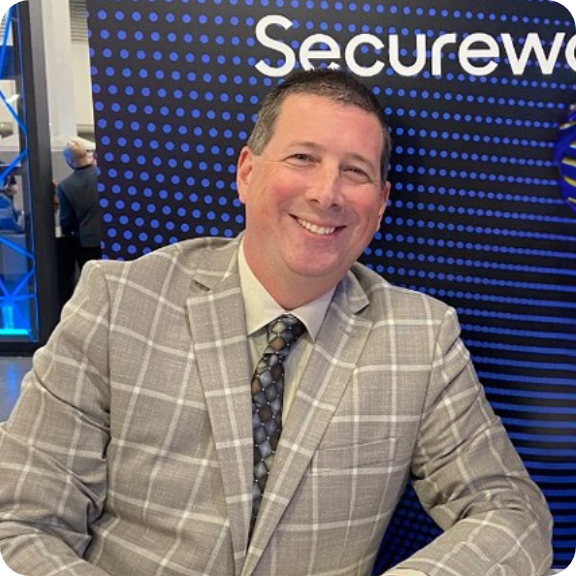Your cart is currently empty!
Frozen Secrets: Cold Boot Attacks Unlock RAM’s Hidden Data
|

In cybersecurity, we often treat RAM—random access memory—as ephemeral. It’s volatile, fleeting, and supposedly erased the moment a device loses power. But what if that assumption doesn’t hold up under pressure—or under cold temperatures?
Enter the cold boot attack, a method that turns this commonly accepted belief on its head. This technique, though known in academic and hacker circles for years, is still often overlooked by defenders and underestimated by organizations. Yet its implications are serious. Cold boot attacks allow attackers to extract sensitive data, like encryption keys and passwords, from RAM after a machine has been powered off. For red teams, it’s an unexpected and unconventional weapon. For blue teams, it’s a stark reminder that physical access equals digital risk.
A cold boot attack works by exploiting the fact that RAM doesn’t instantly forget everything when the power is cut. Instead, its contents begin to decay gradually—starting within seconds at room temperature, but much more slowly if the memory is chilled. Attackers use techniques like spraying RAM modules with upside-down canned air or applying liquid nitrogen to drop the temperature. Then, without allowing the computer to shut down cleanly, they abruptly cut the power, remove the RAM stick, and transfer it to a separate machine or reboot the original system using a live operating system from a USB drive. From there, they can dump the contents of RAM and analyze them using memory forensics tools such as Volatility, Rekall, or Redline.
Why does this work? RAM is volatile by design, but its data fades in a predictable way—linearly and slowly, especially when cold. In controlled conditions, researchers have been able to recover readable AES encryption keys from RAM more than five minutes after power loss. That’s more than enough time to mount a data extraction effort if the attacker is prepared and has physical access.
A real-world demonstration of this attack dates back to 2008, when researchers from Princeton University shocked the cybersecurity world with a proof-of-concept cold boot attack against systems using disk encryption. In their paper, “Lest We Remember: Cold Boot Attacks on Encryption Keys,” they showed how they could freeze a laptop’s RAM, yank the memory module out, and dump it into a different system to recover BitLocker encryption keys. Notably, they successfully retrieved full-disk encryption keys from Windows and Linux systems using BitLocker, FileVault, dm-crypt, and TrueCrypt. The research wasn’t theoretical—it worked on real machines, with real-world consequences, and prompted security vendors to rethink how they handled in-memory encryption.
For penetration testers, cold boot attacks remain a compelling tool in specific contexts. They require physical access, some technical setup, and often a bit of stealth. But in scenarios where a red team can physically reach devices—such as during physical security assessments, insider threat simulations, or compliance testing—cold boot attacks can be used to recover encryption keys or credentials that would otherwise be out of reach. They’re especially potent against systems configured with full-disk encryption but lacking a pre-boot PIN or TPM+passphrase combo, where keys are automatically loaded into memory during boot.
For defenders, this threat underscores a critical lesson: encryption is only as strong as the policies and configurations that support it. Full-disk encryption is a good start, but if the system automatically decrypts at boot without requiring user input, the keys sit in RAM as soon as the device is powered on. And if that RAM isn’t cleared before shutdown—or worse, if the machine is left in sleep mode—those keys can be harvested.
There are practical countermeasures, of course. Enforcing pre-boot authentication with TPM and a strong PIN adds a vital layer of protection. Systems should disable booting from USB or external devices via BIOS/UEFI settings, and administrators should secure these settings with a password. Secure Boot should be enabled to prevent unsigned operating systems from tampering with boot processes. And in some cases, organizations might consider using hardware with soldered RAM, which complicates removal and adds friction to cold boot extraction attempts. Some Linux distributions can also be configured to wipe RAM during shutdown, reducing the attack surface.
Ultimately, the cold boot attack is a powerful reminder that data protection isn’t just about software—it’s about context, hardware, and threat modeling. It’s easy to assume that once a machine is off, its secrets are safe. But in the right (or wrong) hands, what’s in memory might be frozen in time—waiting to be thawed and exposed.

Scott Schober
CEO | Author | Speaker at Berkeley Varitronics Systems
Scott Schober presents at cybersecurity and wireless security conferences for banking, insurance, transportation, construction, telecommunications and law enforcement industries. He has overseen the development of dozens of wireless test, security, safety and cybersecurity products used to enforce a “no cell phone policy” in correctional, law enforcement, and secured government facilities. Scott regularly appears on network news programs including Fox, Bloomberg, Good Morning America, CNN, MSNBC, NPR and many more. He is the author of 'Senior Cyber', 'Cybersecurity is Everybody's Business' and 'Hacked Again', the “original hacker’s dictionary for small business owners” - Forbes Magazine.
Latest Posts
Have questions?
Berkeley sales and engineering staff will answer all of your technical, delivery and pricing questions. Contact us today.







Leave a Reply